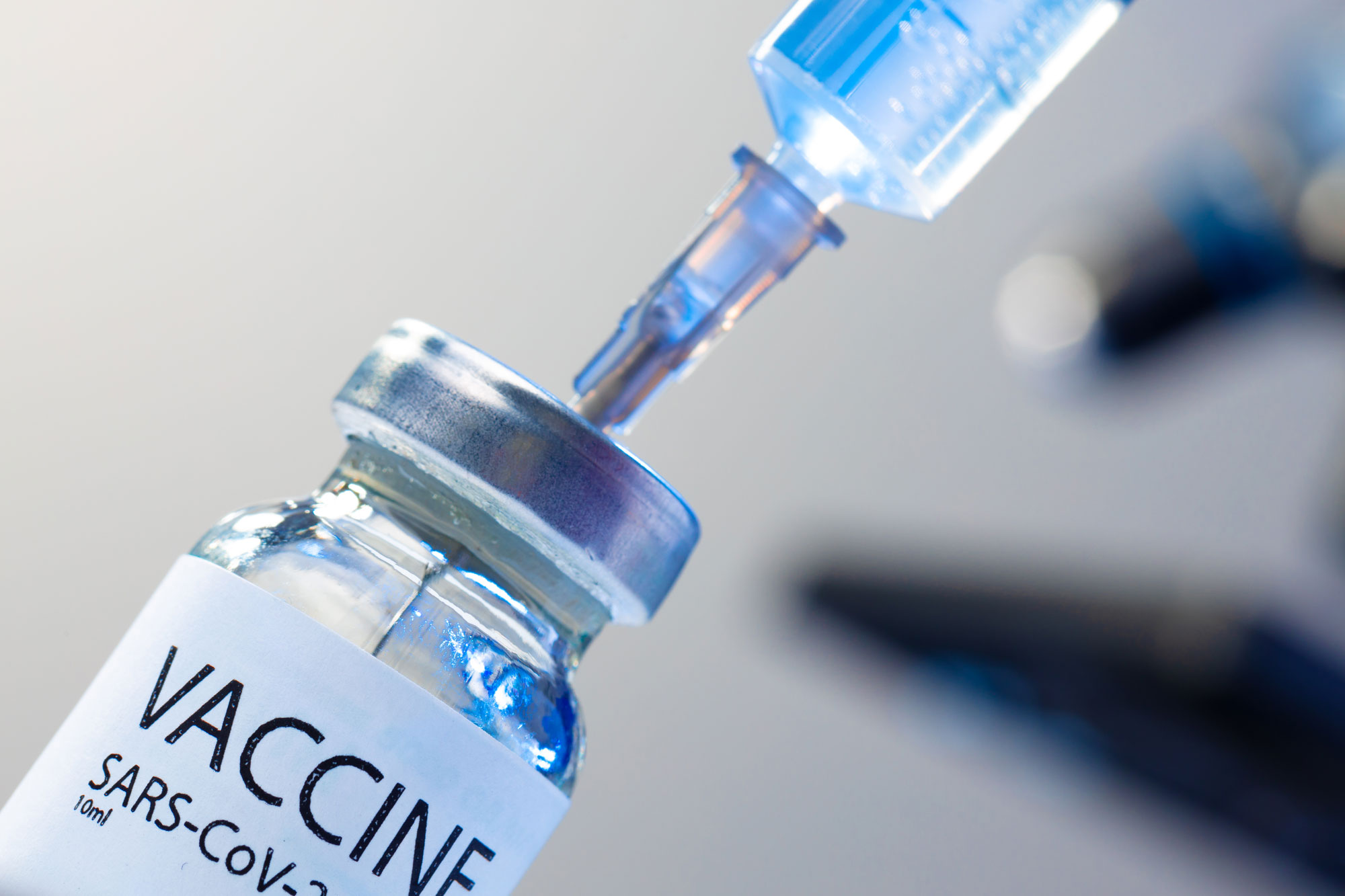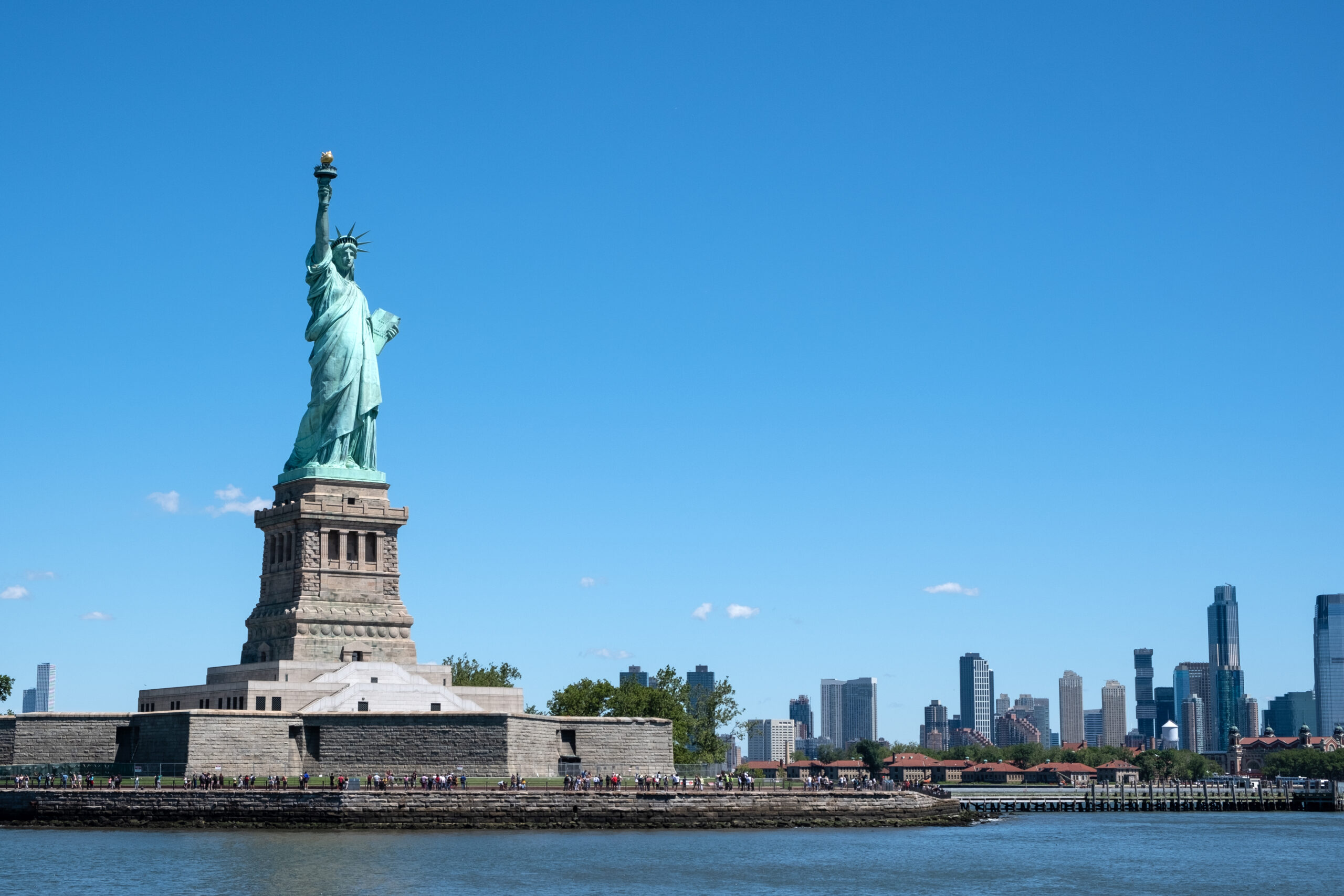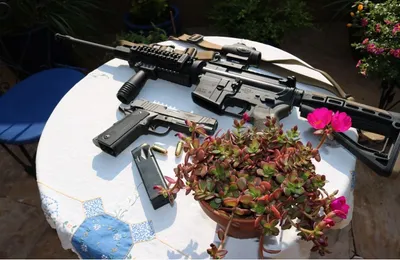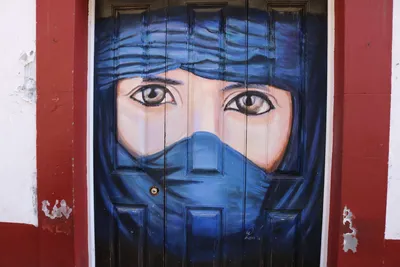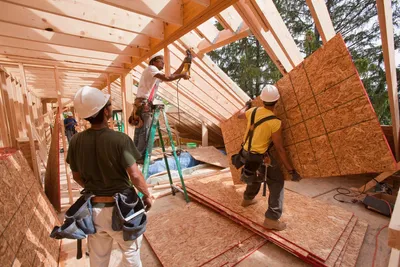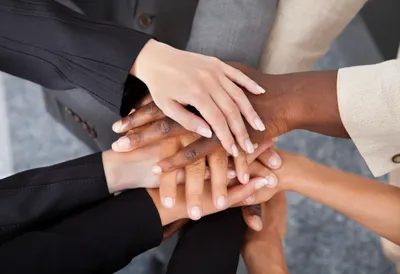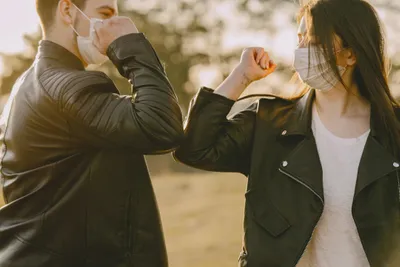-
N.M. Deserves Better Health Care System – posted by SantaFeNewMexican.com on September 18, 2025
My wife and I moved to New Mexico after falling in love with the state’s culture, history and scenic beauty when visiting the Balloon Fiesta and Santa Fe. I’m a licensed physician’ I vaccinate residents through the Volunteer Medical Corps of New Mexico. In California. I provide consultation to employees with work-related injuries. There is …
-
Prevention is not a dirty word – posted by SantaFeNewMexican.com on July 13, 2025
A major premise in my public health training was to prevent illness and disease from occurring, whenever possible. In 1854, the cholera plague was out of control in London where there was a shared public water source. Dr. John Snow used his common sense to remove the handle from the Broad Street water pump, and …
-
No Bullies – posted by SantaFeNewMexican.com on September 29, 2024
One presidential candidate espouses the politics of hate and fear while seeming to decompensate in public. This man rants about nuclear weapons when asked how he will bring jobs to Michigan. He can’t answer a simple question. He calls those convicted of attempting to overthrow the government “patriots.” He threatens his opponent and her supporters. …
-
Keep up the fight in the war on guns – posted by SantaFeNewMexican.com on May 18, 2024
Having learned of the gun buyback held May 11 from the newspaper (“Safety in homes: Reduce the amount of guns,” Our View, May 8), I made a point of visiting the event sponsored by New Mexicans to Prevent Gun Violence. I had a great time chatting with volunteers, members of the Santa Fe Police Department, …
-
The Gun Divide – posted by SantaFeNewMexican.com on January 22, 2024
Last year, our nation set a record for the number of mass shootings, defined as four or more persons shot and killed during a critical incident. America averaged over two mass shootings per day in 2023. U.S. Sen. Martin Heinrich has authored a bill that requires modifications to assault rifles sold across the country. State …
-
Vote in 2024 So Women Can Make Their Own Choices – posted by SantaFeNewMexican.com on January 8, 2024
How soon we forget. An all-male commission in Hobbs voted unanimously to ban abortion clinics from its city in the later part of 2022 (“Hobbs passes law blocking abortion clinics within city,” Nov. 9, 2022). More than a year has passed, and no one still mentions this “Hobbesian” vote by a bunch of selfish, unrestrained …
-
Crisis in Our Jails – posted by SantaFeNewMexican.com on November 29, 2023
Daniel J. Chacón’s article (“County jails short-staffed statewide, posing risk,” Nov. 26) alerts us to a crisis affecting county jail inmates and correctional officer employees. The Bureau of Labor Statistics periodically lists America’s most dangerous jobs based upon the incidence of fatalities and serious injuries. Correctional officers are high on that list along with loggers, …
-
The New Colossus: A Tribute to My Ma & My Maternal Grandparents
I have been asked by referral sources, “Dr. Bob, what kind of cases should I send to you?” At The Center, we take pride in helping to resolve cases of trauma & tragedy. Please give us the opportunity to facilitate a victim becoming a survivor. In that scenario, does it matter which “side” you’re on? …
-
Ask About Guns – posted by SantaFeNewMexican.com on June 19, 2023
Brady and Giffords are two organizations dedicated to addressing gun violence in America. June is National Gun Violence Awareness month. Many Americans feel impotent in impacting firearm-related tragedies. Join with Team Brady by wearing orange this June as a means of showing solidarity with advocates of gun safety. Asking Saves Kids Day is June 21 …
-
Stop the violence: Doctors speak out on guns – posted by SantaFeNewMexican.com on May 13, 2023
As physicians living in Santa Fe with very different specialties, we agree our state and country would be safer if additional firearm laws were enacted. One of us is a trauma surgeon who sees what high-velocity bullets do to the human body. The other is a psychiatrist who consults with cops and victims of critical …
-
A doctor remembers when abortion was illegal – posted by SantaFeNewMexican.com on November 26, 2022
An all-male City Commission in Hobbs recently voted unanimously to ban abortion clinics from the city, according to the Associated Press (“Hobbs passes law blocking abortion clinics within city,” Nov. 9). Those city officials apparently would like Hobbs to become known as a “sanctuary city for the unborn.” When I began medical school in Chicago, …
-
Legislating Medical Procedures – posted by PsychiatricTimes.com on May 11, 2022
Leakage of a draft opinion of the majority in the case of Dobbs v. Jackson Women’s Health Organization has resulted in a consensus that the US Supreme Court will likely reverse the decision of Roe v. Wade, and undo its protections for women and their health care providers to determine the best course of care. …
-
Follow the Lead of San Jose – posted February 15, 2022
The U.S.A. has a problem with guns. About 40.000 people will die of gunshot wounds (GSWs) in America this year. Most victims will commit suicide, while others are murdered or are shot accidently. For every GSW victim who dies, about two others survive. Approximately 10,000 people are shot across the U.S. each month. The costs, …
-
Who Are You to Judge – posted October 18, 2021
In 1974 when I began my training at Northwestern University Medical School, a state-of-the-art women’s hospital was scheduled to open on that campus in Chicago. It was designed with an entire floor dedicated to cases of sepsis. You might ask how large numbers of adult females could end up with infections in their circulatory system. …
-
Words Can’t Describe – posted July 11, 2021
A Letter to Editor – “Santa Fe New Mexican” – pub. July 10, 2021 I’d like to suggest some neologisms (new words) for parents like the Olivers, who lost their son, Joaquin, in a school shooting. “Childreft” as in bereft of child. “Formrent” as in former parent. “Minorless” describing a household having no children. “Gunvictamily” …
-
Red Flag laws: It’s time for more – posted April 8, 2021
A Letter to Editor – “Boulder Daily Camera” – pub. April 2, 2021 While watching CU’s team lose to Florida State, I was told, “Now is not the right time,” when bringing up the King Soopers shootings during a break in the action. After graduating from CU (B.A., MCD Biology, 1973), I did scientific …
-
International Women’s Day: March 8th – posted March 6, 2021
This month we celebrate women’s history & throughout the world on Monday, which happens to be my daughter’s birthday! In Chapter 17 of Wounded Workers, the tale of a young immigrant who gets a job in a meat processing plant after college is told. “I Am Unlovable” will break your heart, before you cry out …
-
LIKE BUILDING A HOUSE – February 19, 2021
The GOOD news is Wounded Workers will be available on Amazon in March! This long-awaited treatise on the plight and resilience of American workers can be yours for the asking. Just go to the book’s website https://workingmansshrink.com & click on the “Be the First to Know” or “Contact Me” to sign up for the details …
-
Giving Back – January 10, 2021
“In the end, we are not defined by the particular product or service we create, but rather by the manner in which we affect those we serve. If you are engaging in meaningful work, those for whom you provide service will decide your value.” “From the last chapter of Wounded Workers. For availability go …
-
Public health is your health and my health – October 3, 2020
The president, the first lady and Hope Hicks have all tested positive for COVID-19. There is no surprise here. Optional masks, no social distancing and attending indoor mass gatherings have consequences. These public health strategies work, even if they are sometimes controversial. They are not alone. What do seat belts, vaccinations of schoolchildren and motorcycle …
-
Support Your Team – September 18,2020
Whether working in person or from home these days, we are all part of a team. This holds for solo practitioner attorneys as well as claims examiners working for large insurers with offices throughout the state and perhaps the nation. Your team encompasses many more individuals than your manager, your supervisees and you. Your team …
-
Testing, Please – May 19,2020
Testing, pleaseWe need testing.We need more testing.We need more readily available testing. (Do I have to be symptomatic to be tested?)We need more reliable testing. (Am I positive/negative when the test says so?)We need more informative testing. (My test is positive. Am I contagious or immune?)Then we can move forward. This commentary from Dr. Bob …
-
Find a Balance & Heal Thyself – March, 2020
When recently going through a number of cases seen in our office, I found myself thinking about all those individuals who have had tragic experiences while at work. Doctors sometimes identify with our patients. However, that is not unique to the medical profession. Attorneys, claims administrators, case managers, union representatives, vocational consultants, judges and all …
-
Doctors for America’s plan to stop gun violence By Dr. Bob Larsen Dec 14, 2019
There is no cheerful way of having a discussion about gun violence. Unfortunately, the subject does not take a break for the holidays. During the past two decades, gun deaths have increased by 20 percent in our country, according to the U.S. Centers for Disease Control and Prevention. Almost 40,000 Americans will die of gunshot …
-
Humanity & Blessings – November 21, 2019
This is a two-pronged message which is both personal and universal. First: We are all more human than otherwise and thus vulnerable. Second: We should all count our blessings, give thanks. Last month I had the good fortune, in retrospect, to have the same cardiothoracic surgeon who saved my life more than a decade ago …
-
Public Safety
Public safety officers represent a population of workers who often come to the attention of mental health practitioners. Police officers, firefighters, paramedics and other first responders routinely are exposed to critical incidents on a singular or cumulative basis. As an early career physician I spent five years working emergency services at Highland Hospital in Oakland …
-
The Most Dangerous Jobs
The Bureau of Labor Statistics keeps data on fatal occupational injuries on an annual basis. Information on non-fatal yet serious injuries is also maintained. Loggers, construction workers, taxi drivers, police officers and iron workers are at high risk for serious if not fatal injury when compared to the average American worker. Not uncommonly such injury …
-
“The Five Keys to Happiness”
“The Five Keys to Happiness” I chose psychiatry as my career path more than four decades ago. While in medical school I was asked at an interview for a residency training program why I was interested in psychiatry. My answer was I wanted to help people be “happy.” Perhaps a bit naïve at the time …
-
Let There Be Hope
Most folks referred to Dr. Bob for evaluation come with some type of bad story. Not uncommonly they are dealing with debilitating physical illness, intrusive recollections of acute trauma such as armed robbery, or burnout from a long career involving high demands and minimal gratification. A frequently asked question is, “Why me?” Perhaps an existential …

